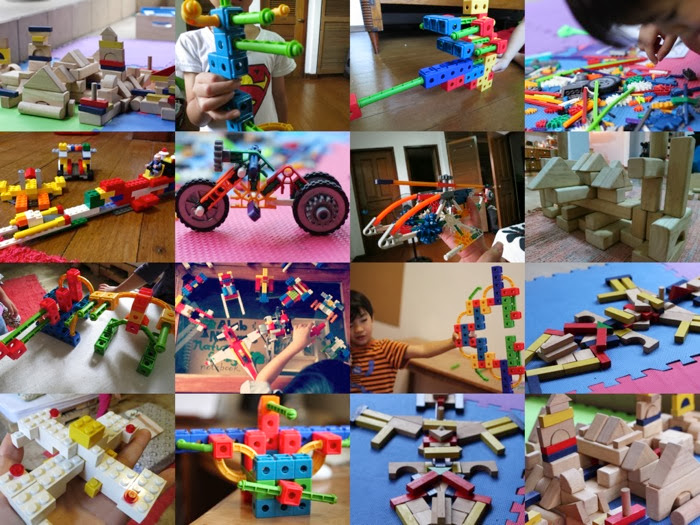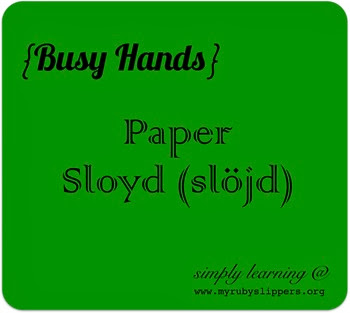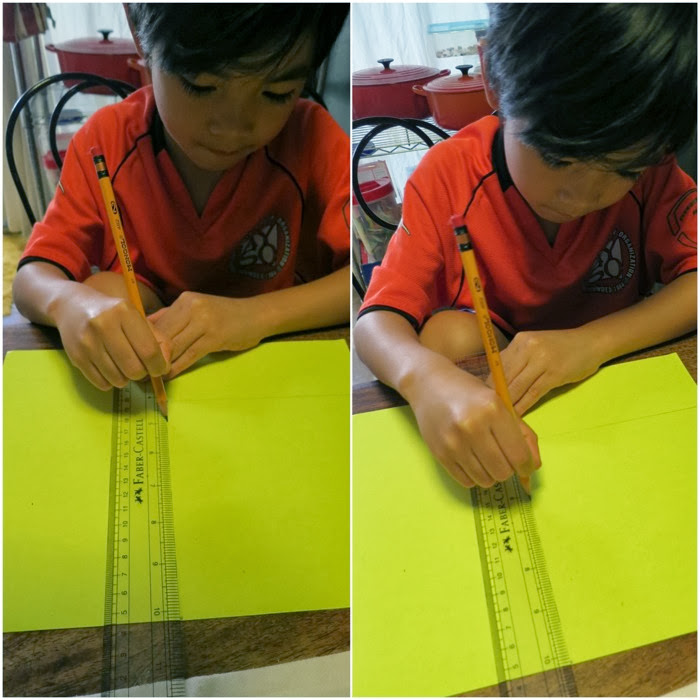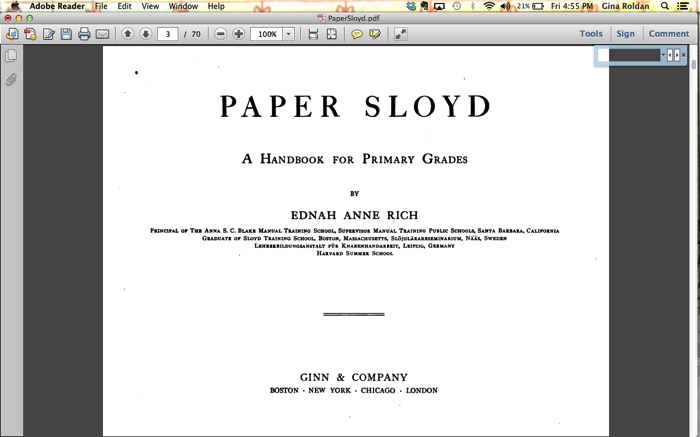We kicked off our school year with a week of getting the “Extras” in. It’s a good thing I listened to the advice about slightly letting go of the ABC’s and 123’s during preschool/Year0. Instead, they (Veterean AO/CM moms and CM herself) said to focus more on the “extras” that rather easily slip off once formal CM schooling starts. These so called “extras” are nature studies/journaling, music appreciation, picture study or art appreciation, reading-aloud to kids or telling them stories (accounts from the bible, fairy tales) working on life skills or handicrafts as opposed to “glitter and glue” crafts, getting them used to poetry, and just letting them explore the outdoors. All these help in building attention. But more than the attention, I think it helped in setting the atmosphere of our home learning.
True enough, once I started planning and tweaking the schedule for Year1, I got so excited and caught up with all the school work that we’ll be doing that I could’ve easily forgotten about the “extras”. But since it has long been part of our lifestyle of learning, it’s but natural to continue and not let it slip off.
Plan for Handicrafts this year:
My 6 year old son loves building! He can work on building blocks for hours and create or design things.

Given this, I was settled on planning a weekly handicraft afternoon that focused on building simple machines using simple and inexpensive materials. Think sling shots, catapult, maybe a mouse trap? :), bow and arrow etc. Of course, I’d have to google the instructions for these. But I realized that it still might be too much work for his small hands.
Fortunately, I was led to Paper Sloyd.
“Sloyd (Slöjd), also known as Educational Sloyd, was a system of handicraft-based education started by Uno Cygnaeus in Finland in 1865. The system was further refined and promoted worldwide. The name sloyd derives from Swedish Slöjd (handicraft, handiwork), which refers to the making of crafts, primarily wood work but also paper-folding and sewing.”

Sloyd training was more known for teahing woodwork to children around 9 years old and above. These woodworking projects were designed to build incrementally on the child’s growing skill. It was accomplished by making the projects grow in degree of difficulty over time. *Paper* Sloyd, which obviously is uses paper to work with, was intended as preparation for the younger ones that will eventually work on woodwork and sewing. It’s like Japanese art origami, but it involves more cutting, glueing and measuring. Another thing, one of its main principle is that the output or finished work should be practical in nature.
“Sloyd is tool work so arranged and employed as to stimulate and promote vigorous, intelligent self-activity for a purpose, which the worker recognizes as good.”

“Through this construction work the teacher should establish a close relation with language and with number. Simple combination and fraction, learned with paper sloyd models for the object, are easily mastered and readily applied in the formal number work later.”

“Prompt obedience to requests for attention and immediate response to diction, be the lesson in whatever subject, are essential in the school life, and these important qualities paper sloyd helps to develop. Order, neatness about the work, carefulness, accuracy, honesty, – important factors in any school, – follow in the lead of all work which trains to concentration of attention.”

“Observation is quickened; eyes are trained to see right lines and distances, thus aiding in free-hand drawing and writing; while the hand and wrist muscles, being used for a definite purpose, unconsciously become obedient assistants.”
“Manual work is brain work as well, and the hand and eye must become used to giving quick response to the directions of the mind.”

Our first sloyd project was a simple envelope but it required the kids to carefully measure and cut. I assisted them a little. I showed them how to use a ruler and where to find ‘inches’. They carefully measured, cut and folded to make an envelope. For the succeeding lessons, my job is to read the lesson and have them figure out how to measure, fold, and cut based on the instructions and diagram with minimal assistance.
We plan on doing a paper sloyd lesson every week after tea time and maybe add in a simple building project once in a while.

Join in with us?
Access or download Paper Sloyd, A Handbook for Primary Grades for FREE!!! 🙂

I love this! Do you mind telling me what toys you have pictured? Specifically the squares with the holes in them? Thank you for posting this! It’s been helpful!